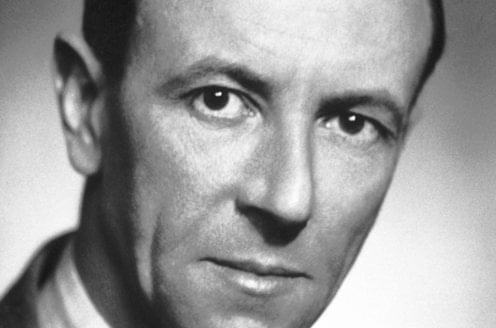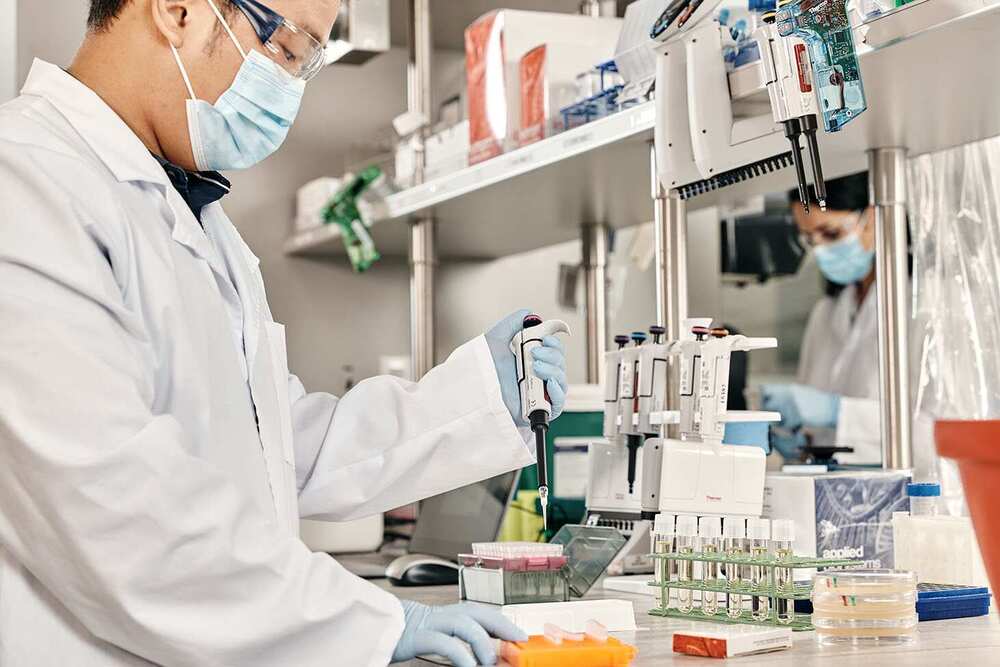🔥 Join my DeFi Academy: https://londonreal.tv/defi-ytd.
2022 SUMMIT TICKETS: https://londonreal.tv/summit/
Dr Ben Goertzel is the Founder and CEO of SingularityNET and Chief Science Advisor for Hanson Robotics.
He is one of the world’s leading experts in Artificial General Intelligence (AGI), with decades of expertise in applying AI to practical problems like natural language processing, data mining, video gaming, robotics, national security and bioinformatics.
He was part of the Hanson team which developed the AI software for the humanoid Sophia robot, which can communicate with humans and display more than 50 facial expressions. Today he also serve as Chairman of the AGI Society, the Decentralized AI Alliance and the futurist nonprofit organisation Humanity+.
Watch the FULL EPISODE here: https://londonreal.tv/e/dr-ben-goertzel/




